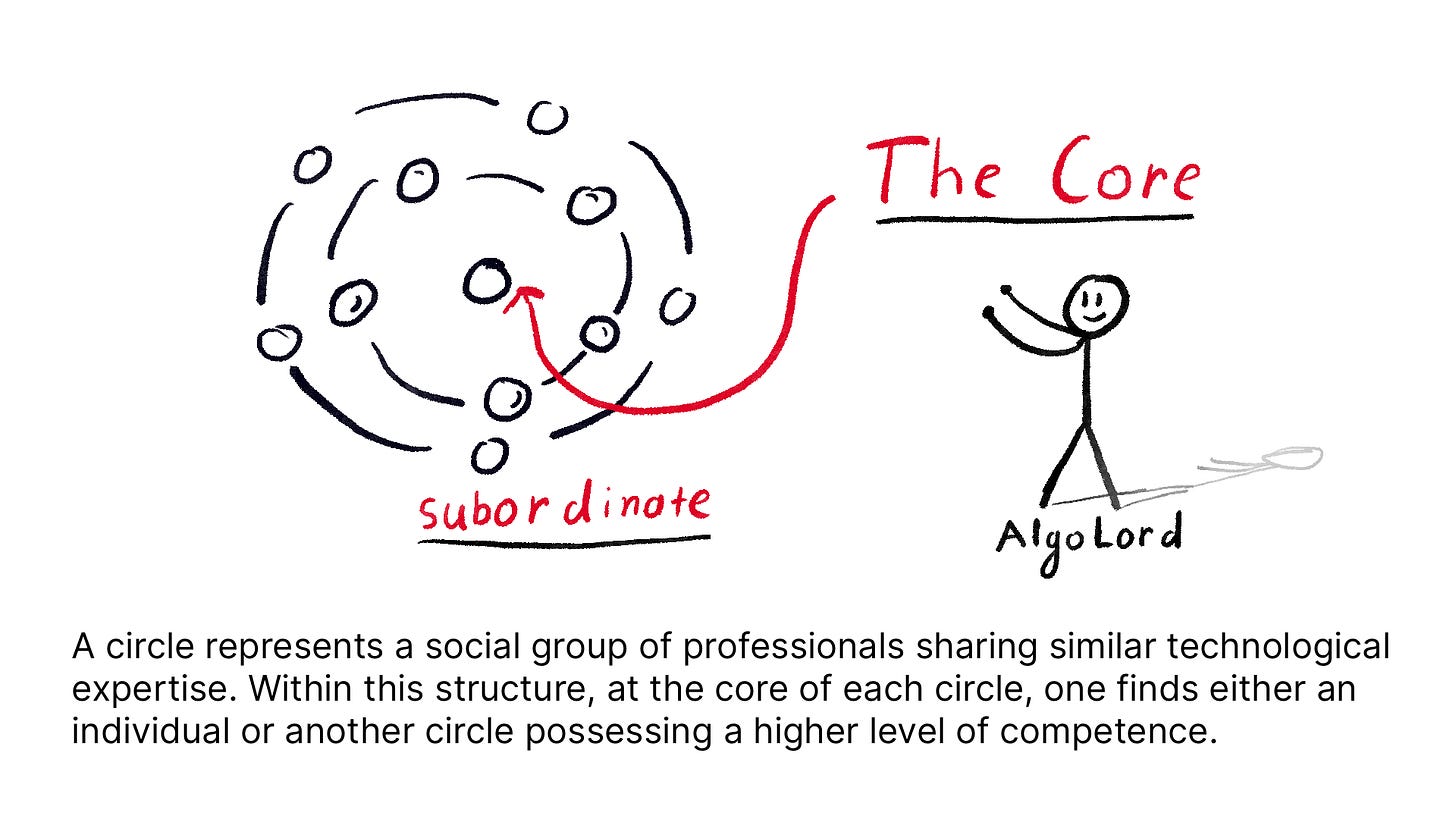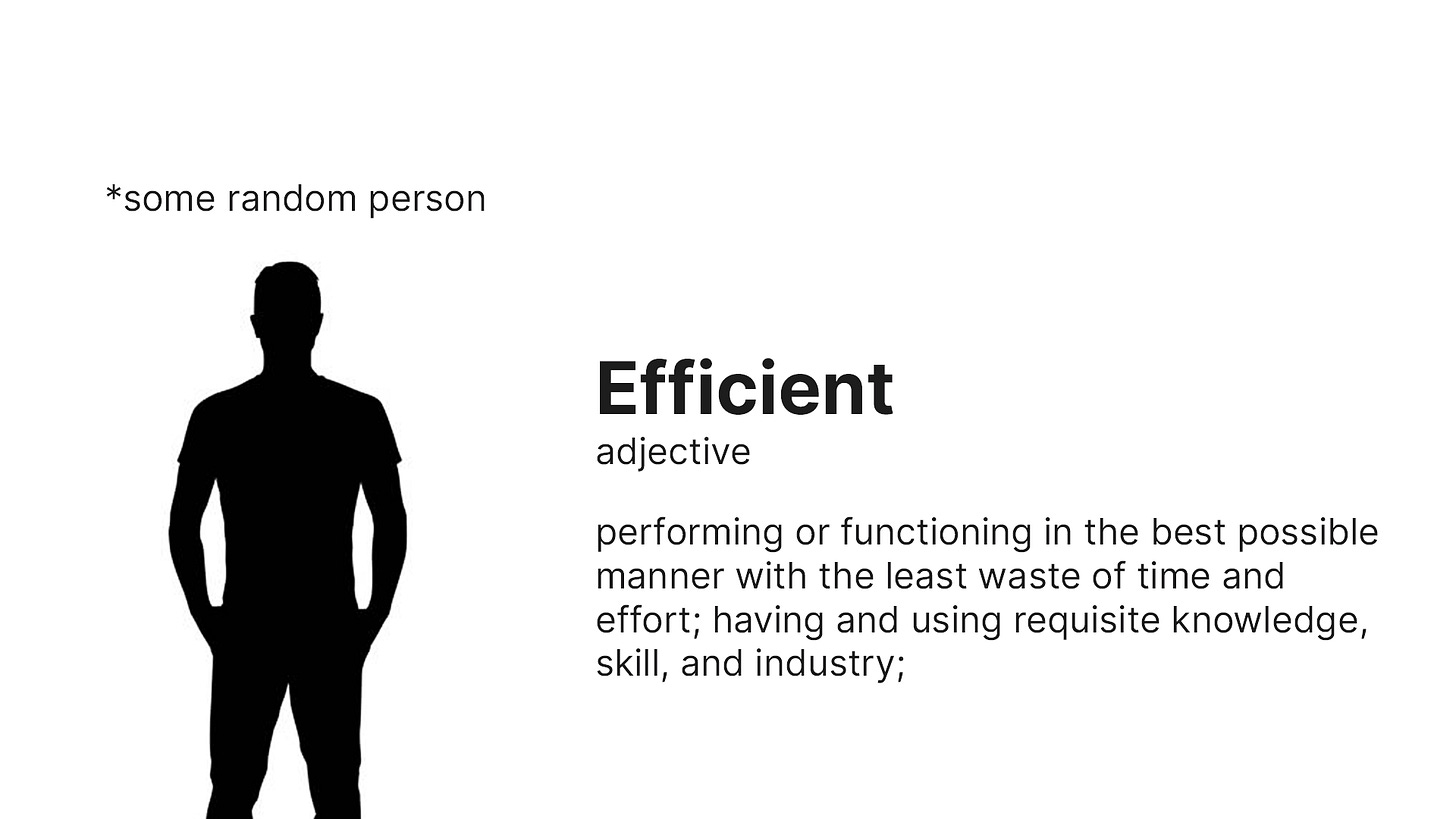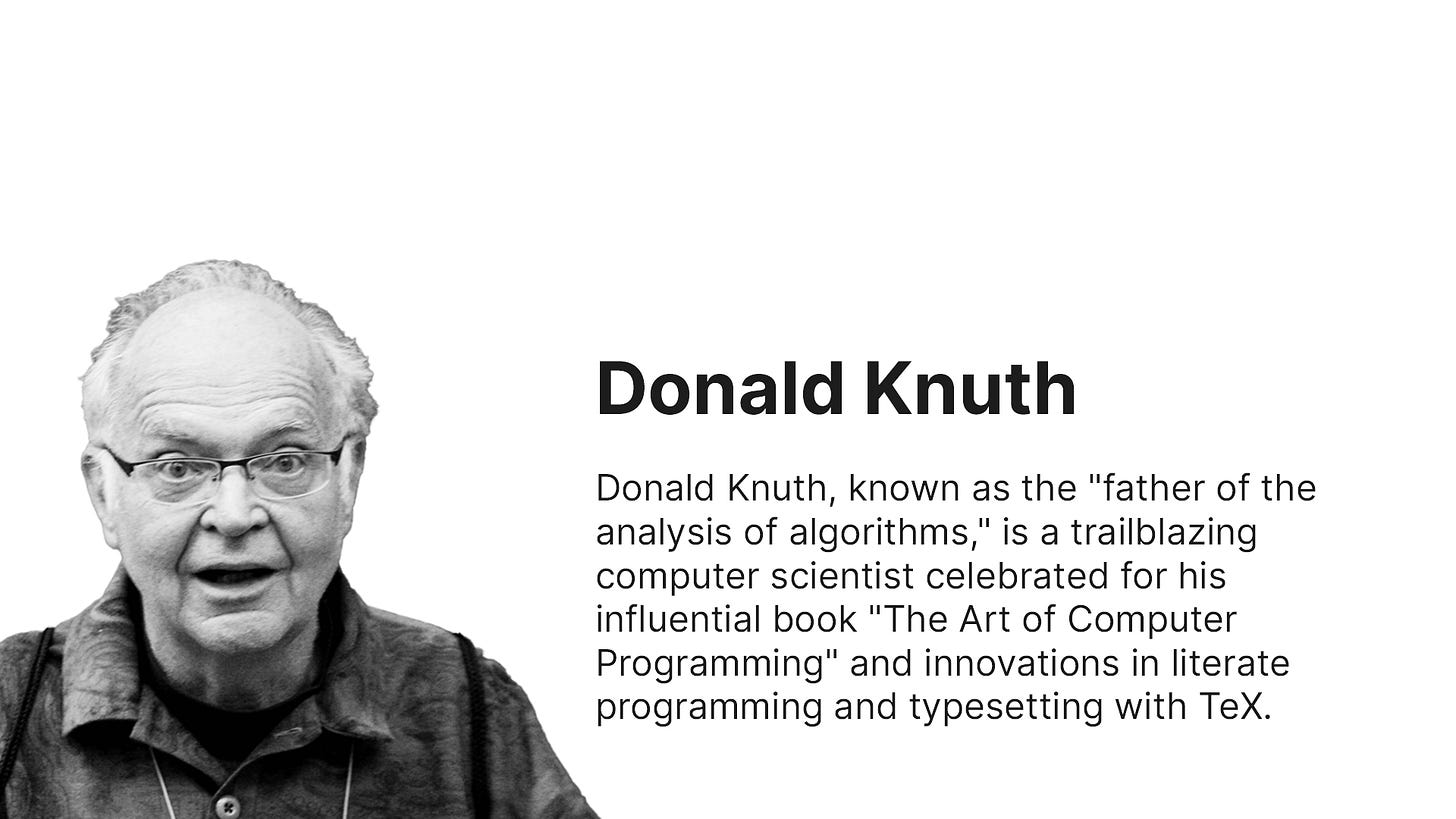TL;DR
In this article, I explain the concepts of circles within European tech companies and open-source projects. Through which, I categorize engineers into 5 level of competence. In each level of competence, I explain the main demographic, skillset and how to move to the next level.
Introduction
While working at Ericsson and delving into the rich history of Linux open-source development, I've often been fascinated by the intricate networks of engineers, resembling circles within circles.
This social construct of engineers creates a competitive environment for rankings and recognition. The higher you are in a circle, the more credibility you have.
Different from the ordinary social circle or hierarchical corporate system, where networking and seniority plays an important factor, engineering circles are often merit-based, and you only get invited if you are really excellent at what you’re doing.
Mel Gorman's book "Understanding the Linux Virtual Memory Manager"
“Patches are managed through what could be loosely called a set of rings with Linus in the very middle having the final say on what gets accepted into the main tree. Linus, with rare exceptions, accepts patches only from who he refers to as his “lieutenants”, a group of around 10 people who he trusts to “feed” him correct code. […] Each of the lieutenants are active developers on different subsystems. Just like Linus, they have a small set of developers they trust to be knowledgeable about the patch they are sending but will also pick up patches which affect their subsystem more readily.”
At Ericsson, we would normally compare this to Star Wars, where the the lowest level was Initiate and the highest was Grand Master.
The circles of competence
“So what kind of people are in a circle anyway?” - You might ask
During my time working with professionals from different circles of different fields, I’ve observed a pattern. While circles can indeed be of different disciplines, its occupants are normally on the same level of competence. This means they are on par in terms of skills and achievements.
Furthermore, this system of circles can be boiled down into 5 levels of increasing competence, where the highest level is the holy grail of engineering and the lowest level is the entry zone.
Level 1: Beginner
People who just learned the fundamentals of the craft. They’re able to navigate through simple to intermediate projects with guidance from higher levels.
Beginners are often self-taught or fresh in university. Their competence in the field, although higher than the average person, is considered to be lowest in the circles due to their lack of experience.
The majority of beginners are hobbyists, interns or juniors. They are characterized by their curiosity, diversity and willingness to learn.
With proper guidance and the opportunity to work in a professional setting, individuals can excel and break through to the second level. The key is patience and discipline.
Level 2: Efficient
People who are comfortable with their craft. They are able to devise solutions based on simple briefs independently. In simple terms, occupants of the second level can work productively in a well-structured manner, which is why they are efficient.
Efficient engineers are often mid or senior positions within a company. They are characterized by their experience and familiarity with their field. Their level of education often varies, from undergraduates or self-taught try-hard enthusiasts.
With proper strategy and increasing exposure to diverse problems in their fields, individuals can excel and break through to the third level. The key is in-depth research and resilience.
The path from level 2 to level 3 can take years of research and hands-on experience.
Level 3: Expert
People who are confident with their craft. They have exceptional exposure within their field, as they have traversed and researched every nook of it. They are on the edge of technology evolution, adapting to its ever-changing movement.
Experts are often MSc or PhD. Their competence in the field is amplified by their research and in-depth knowledge.
While experts are distinguished, what they lack is true impact on their field. They can be at the forefront of development, yet they are not the pioneers, but mere followers of a higher force: the Masters.
Level 4: Master
People who are excellent with their craft. Not only are they distinguished in their field, but they have also personally helped expand it through their great creations. They are trailblazers, continuously pushing the boundary of their field.
A few renowned examples of masters are listed below:
Shinya Yamanaka - A stem cell researcher who developed induced pluripotent stem cells (iPSCs), a groundbreaking discovery with profound implications for regenerative medicine.
Jane Goodall - A primatologist and anthropologist known for her groundbreaking research on wild chimpanzees, challenging conventional scientific thought and redefining the relationship between humans and animals.
Yoshua Bengio, Geoffrey Hinton, and Yann LeCun - Pioneers in the field of deep learning and artificial intelligence, contributing significantly to the development of neural network architectures.
Despite being of different disciplines, there is one indisputable fact: their expertise left a legacy and long-lasting impact on their predecessors.
“Wait, so what is the fifth level? There is one higher than this?” - You might ask
Level 5: Grand Master
People who revolutionized their craft. If it weren’t for them, the so-called “craft” probably wouldn’t even exist. They are characterized by their cult of followers, firm believers who hail Grand Master as the god of the craft.
A few renowned examples of grand masters are listed below:
Alan Turing - Considered one of the fathers of computer science and artificial intelligence, Turing's work laid the foundation for modern computing. His contributions during World War II and his groundbreaking ideas in theoretical computer science revolutionized the field.
Marie Curie - A pioneering physicist and chemist, Curie's groundbreaking research on radioactivity not only transformed the field of chemistry but also led to significant advancements in medical science.
Nikola Tesla - An inventor, electrical engineer, and futurist, Tesla's innovations in electricity and magnetism laid the groundwork for modern power systems. His visionary ideas and inventions have gained a devoted following.
These individuals are not just experts or masters; they are transformative forces with a lasting impact on the landscape of knowledge, technology, or art.
Experience != Competence
If you have read till now, a few questions might have already popped in your head.
“Is competence equal to seniority level?” - You might ask
The answer is no. Competence is a measure of skill and is not related to seniority level. Someone might be a senior, yet they’re not an expert in their field or even efficient. Someone might be a wunderkind and become an expert early on. Therefore, seniority system cannot be mapped to the circle of competence.
“How engineers’ circles differ from corporate hierarchical system?” - You might ask
Circles are secret and exclusive clubs, especially when you get higher and higher. Unlike corporate hierarchical system, seniority is not the key factor in getting into a circle. Another key difference is that circles transcend the boundaries of teams, departments and even companies.
“Why is the benefit of this?” - You might ask
As an engineer who was introduced to this system early on, it is addictive and make you feel like a main character in Star Wars or Karate movies. When I finish my task well at Ericsson, my supervising master would introduce me to other masters to follow their crafts. It is as if you are Karate Kid meeting Master Miyagi or Luke Skywalker meeting Master Yoda. Climbing the corporate ladder doesn’t give as much thrill as climbing circles.
Readers’ Opinion
It can take 20-30 years to be amongst the highest level, but with constant time and effort, we can achieve anything. The first thing of achieving anything is to set a goal. If you are aspiring engineer, where would you like to be 20 years from now?
Thank you for reading Binh’s Archive 🫶 If you like my writing style, please consider subscribing to this newsletter and be prepared for mind-blowing insights to the industry.












Love the flow, the topic, the visual and small engagement at the end. Keep it up guy, u inspired me today!!!
Amazing. Well done Binh Pham. For next level exercise - try swimming. Great for all muscles and a substantial calorie burner. I always saw that as boring but have now made it a lovable habit!!